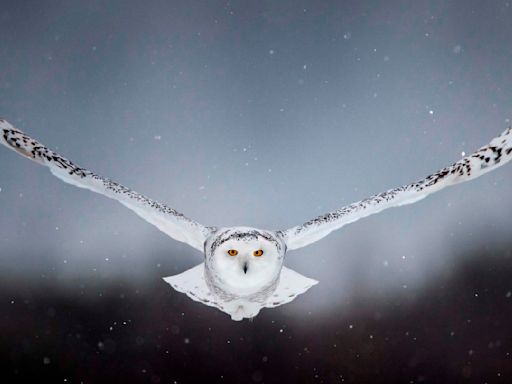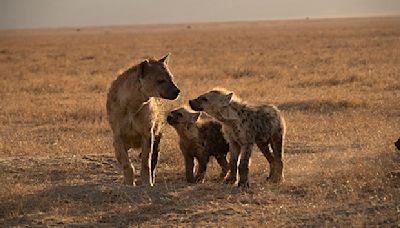Search results
Aug 11, 2021 · Nocturnal animals are animals that are active at night. They often have special adaptions for nocturnal living, including large eyes for low-light vision, and heightened senses of hearing and smell. Examples of nocturnal animals include aardvarks, bats, moths, owls, raccoons, Tasmanian devils and wolves.
Jan 8, 2019 · Nocturnal animals, explained. Animals that hunt, mate, or are generally active after dark have special adaptations that make it easier to live the night life.
Nocturnal Animals. Nocturnal animals remain active at night and rest during the day. Animals that do so tend to have particular adaptations compared to diurnal (active during the day) and crepuscular (active at dawn and dusk) animals. These adaptations include enhanced hearing and smell, and vision that lets them see in the dark.
Dec 31, 2021 · A nocturnal animal is an animal that sleeps during the day and stays awake at night. Nocturnal animals are active anytime from sunset to sunrise, but many of them will sleep for a few hours during the day as well.
Nocturnal animals are animals that are active during the night. They will hunt, eat or mate during the night, and sleep during the day. Diurnal animals are awake during the daytime.
Nocturnal animals are animals that are active during the night and sleep during the day. Animals that are active during the day and sleep at night, are known as diurnal - the opposite of nocturnal. Nocturnal animals tend to have heightened senses due to their activity in the dark.
Nocturnality is an animal behavior characterized by being active during the night and sleeping during the day. The common adjective is "nocturnal", versus diurnal meaning the opposite. Nocturnal creatures generally have highly developed senses of hearing, smell, and specially adapted eyesight.




